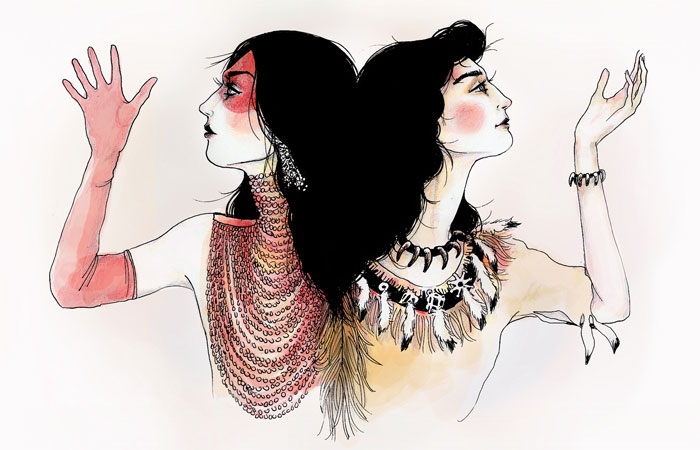Bringing together our collective storiesPosted in Articles, Autobiography, Biography, Europe, Media Archive, Social Science, United States on 2012-11-26 18:17Z by Steven |
Bringing together our collective stories
The African Courier: The International Magazine Published in Germany
October/November 2012
Gyavira Lasana
The second annual convention of the Black German Cultural Society of New Jersey took place at Barnard College in New York City recently. Our New York-based contributing editor Gyavira Lasana reports on the convention, which focused on the theme of “What Is the Black German Experience?”
“Black German studies did not come from academia,” insisted Peggy Piesche, “but from young people who wanted to know their own history.” Professor Piesche, who was born and raised in the former East Germany and who now teaches at Hamilton College in New York, asserted her observation during an early-morning panel discussion on “Teaching the Black German Experience” at the second conference of the Black German Cultural Society (BGCS) held recently at Barnard College in New York City.
Piesche’s words echoed a decided difference between Black Americans and Black Germans on the study and teaching of the Black German experience, a difference that would reverberate throughout the conference. The panel also included Noah Sow, the German poet/writer and music performer who was the keynote speaker at the first BGCS conference last year in Washington DC. Sow suggested that the term Afro-German be replaced by Afro-Deutsch, which is surely more German. All in all, the panel noted that Afro-Deutsch studies continue to fascinate students in the US, and are thriving and growing. That is questionable.
Here in America, Black professors of German are reaching retirement age, and they are not being replaced. Black American students are following the global trend and pursuing Asian studies – Chinese, Japanese and Korean. German lies quite low on the list of options for study. Still, the Black professors of German maintain a high degree of enthusiasm, fuelled mostly by the emerging focus on the history and culture of Blacks in Germany…
…These highly personal stories reflect the heartache, confusion and repeated dysfunction of many (but not all) biracial children growing up in the American milieu. Their quest is often identity: Am I Black or White (in this case German)? Or something in between? Is a mixed-race identity desirable/acceptable?
There is a growing discourse and body of literature on these topics in the US, but they tend to be marginalised by the journey of Blacks born and raised in Germany who more often cite systemic and day-to-day racism. For example, during an earlier panel discussion on “Claiming the Black German Experience”, Lara-Sophie Milagro, a Black German actress and founder of Label Noir, a Berlin-based Black theatre company, stated that “what I had considered to be my personal struggle is really the struggle of all people of colour in Germany, and what I had regarded as my personal problem and failure – not to be a real German and full-value human being – was really the problem and failure of a privileged and ignorant White majority.”…
Read the entire article here.


